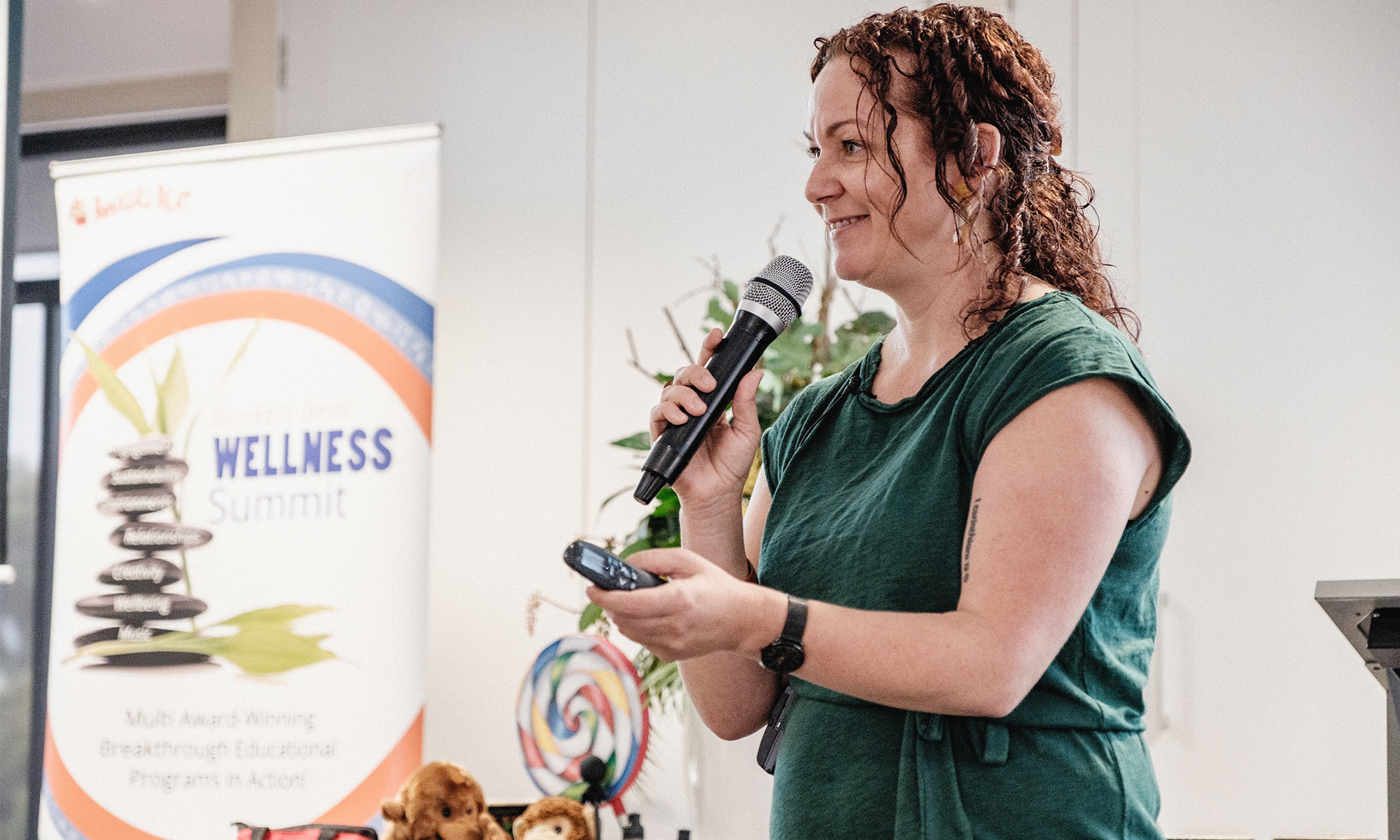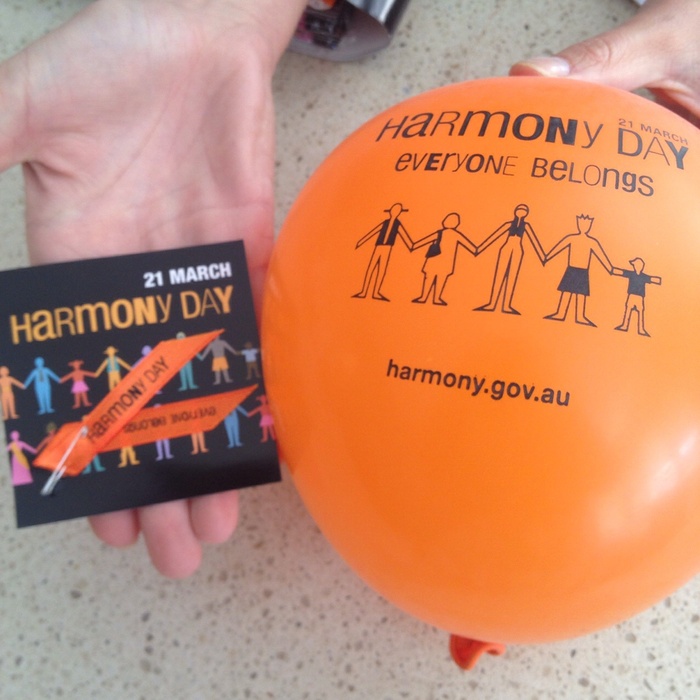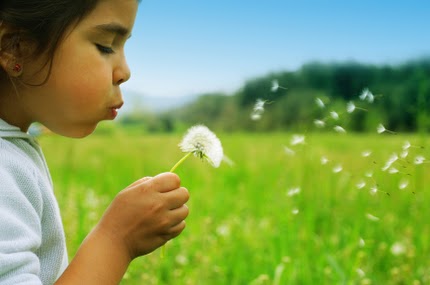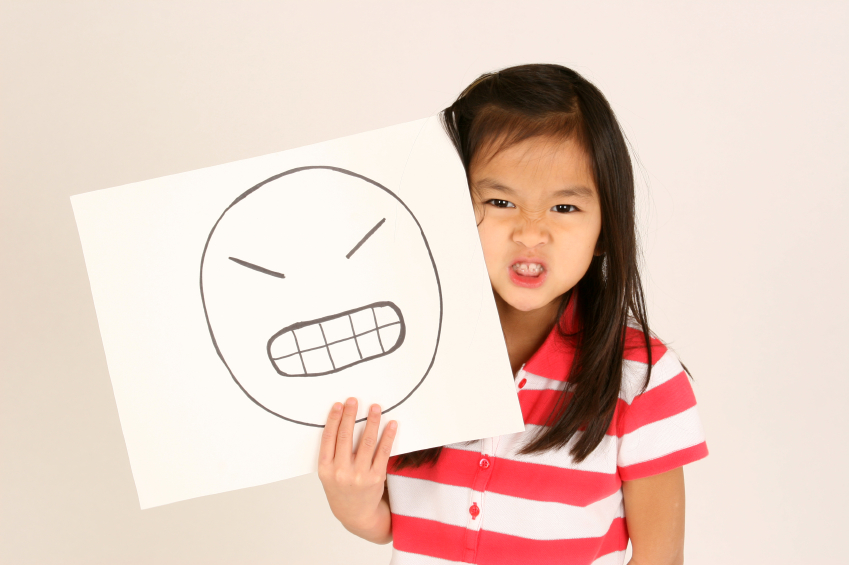Harmony Day on March 21 is a celebration of cultural diversity and inclusiveness across Australia and last Thursday we marked the beginning of our Bonkers Beat Harmony Week at Bonkers Beat Music Kinder.
With this year’s theme ‘Gratitude and Thank-you’, we embarked on a community project together – our Gratitude Tree. Last Thursday we invited current and new families to come along to an Open Day at the kinder where they contributed to our Gratitude Tree and were able to see our centre in action. Coming together as a community is something that is truly reflective of the spirit of Harmony Day and Week, and we found it was a special way of celebrating inclusiveness and expressing gratitude for what we all bring to our Bonkers Beat family and local community.
We have been discussing many aspects of gratitude and giving thanks with children. Some of the questions that have been coming up are ‘Why do we need to say thank you?’, and ‘What are some ways we can express gratitude?’. Our display of clay ornaments depicted what each child was thankful for, and very sweet ideas flowed from the children, making it an enjoyable project for everyone.
As our Harmony Week continues this week, we anticipate more celebration of a sense of belonging for one and all through the inclusion of many parents who will be sharing their cultural diversity and traditions with our children and educators.
The Harmony Day website has some great ideas to celebrate:
-Sport, dancing and eating: play world sports together and involve everyone, learn new dances from countries across the world, or enjoy foods of different cultures.
-Arts and crafts: use your creative abilities to make something that symbolises the different cultures of your local community. You could even hold a poster or art competition.
-Music and sounds: apply your musical talents to reflect your experience of different cultures or traditions — rhyme, rap, or rock to a story about culture and experience. You could even hold a concert for everyone to enjoy.
-Listen and learn: invite an Indigenous elder or someone who has migrated to Australia to come and share their story and culture with your class. You could even research more information about their story or write about your own.
We’ve shared some great images on our Facebook page and hope they inspire you. We would love to hear how you will be celebrating Harmony Day in either your centre or your homes. Join our celebration and use social media to share with us!



